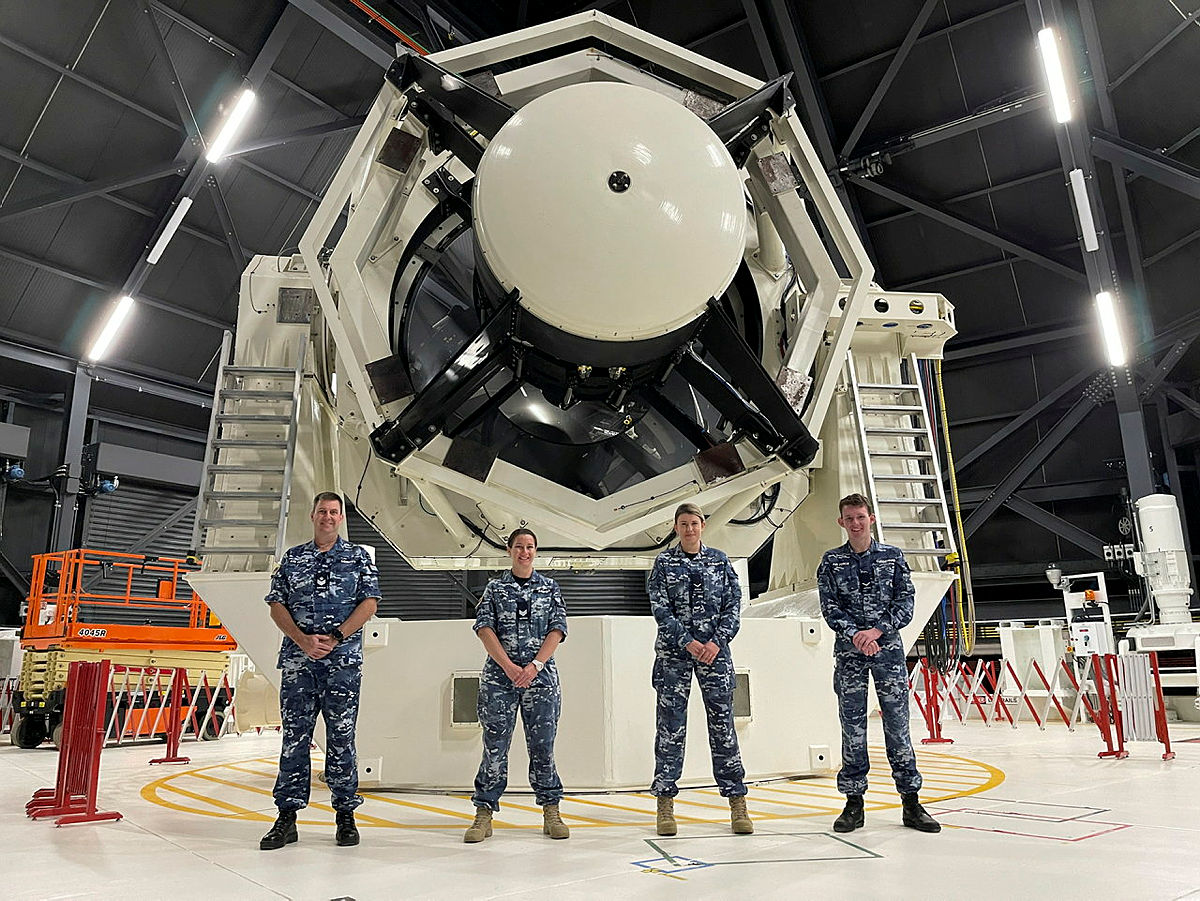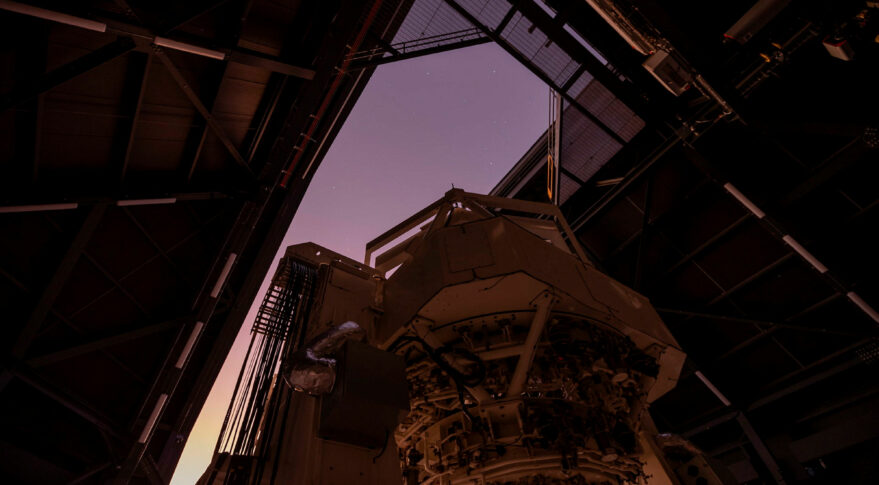It made it’s way down to Australia in efforts to fill a coverage gap in the Southern Hemisphere with the telescope only one of a large network that helps to track objects in orbit.
“Defunct satellites and debris litter this orbit and pose a collision risk to active spacecraft. As such, the SST’s detections will help identify such risks and preserve the safe use of space,” said the Department of Defence.
“The first RAAF SST operators are now developing procedures and trialling techniques toward achieving Initial Operating Capability. The SST’s observations will contribute to the Australian Defence Force’s Space Domain Awareness, and that of Australia’s allies.
The deal to move the telescope was made in 2013 with the US giving Australia operational control to the RAAF in conjunction to the US Space Force’s Space Delta 2.
While the US still owns the 118-tonne telescope, it was agreed that Australia build the site and infrastructure to house the SST.

“In an increasingly contested and congested space environment, The Space Surveillance Telescope will provide enhanced awareness of the space domain and contribute to greater Alliance cooperation,” AVM Cath Roberts said.
”The bespoke facilities and supporting infrastructure are as much of a milestone as the telescope itself and represent a significant achievement by Defence and Australian industry”.
Since 2020, the SST has undergone thorough testing to ensure that it can operate at its optimum level while the first image captured by the SST was also taken in the same year.
It is now located at the Naval Communication Station Harold E. Holt in Western Australia’s North West Cape.






